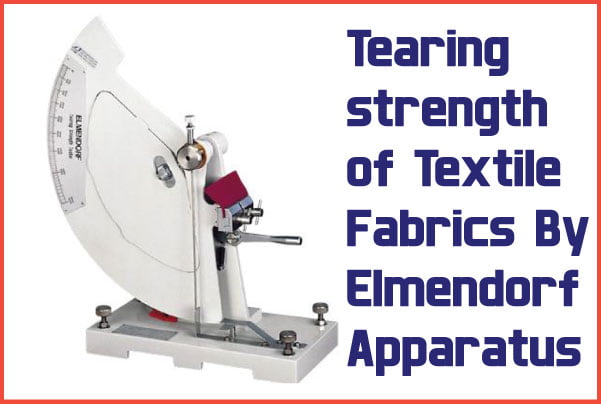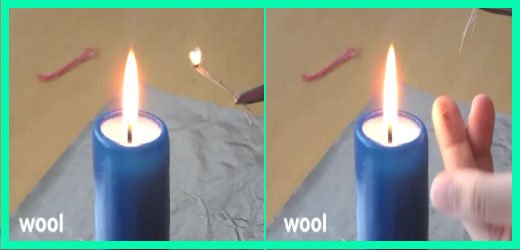Identification of Cotton Fibre
Last updated on September 28th, 2023 at 10:23 pm
To identify the cotton fibre a number of test methods can be applied. The methods stated below are most commonly exercised:

Burn Test
The burn test is a quick way to determine the fibre content of a fabric. It is so simple that an inexperienced person can still determine the difference between many fibres to narrow the choices down to natural or man-made fibres.
A well-ventilated area and away from flammable materials are the desirable atmosphere for the burn test. Unraveling a few threads of the fabric is moved slowly first up to the flame of the burner and then into it, where it is watched carefully. Then the sample is evaluated considering the following points –
- Ability to ignition.
- Art of burn.
- Further burning outside the flame.
- Dripping off burning or melted parts.
- Soot formation.
- Smell.
- Combustion residue etc.
Cotton is a plant fibre. When ignited, it does not shrink from the flame and burns with a yellow flame while in it. It continues to burn when the flame is removed and smells like burning paper. There is a little grey ash residue after extinguishing.
Chemical Test
In terms of accuracy the chemical testes are rather reliable. In this case the distinctive behavior of the fibrous materials against various chemical reagents is observed. A sample is poured in a test tube with a small quantity of acid, caustic solution or other solvents in hot, cold, concentrated or in diluted form. Depending on the material types the fibres will swell, shrink, completely dissolve or remain unaltered. The following chemical tests can be done to determine the cotton fibre.
Treatment with H2SO4:
With concentrated H2SO4 (98%, cold) the cotton fibre will be destroyed, i.e. the cellulose components will be dissolved.
Iodine-potassium iodide test:
The iodine-potassium iodide solution is prepared by dissolving 20 g iodine in 100 ml saturated aqueous solution of potassium iodide. The samples are treated some seconds with this solution followed by rinsing with water. Un-mercerized cotton will not be colored, whereas the mercerized cotton remains longer time (depending on the degree of mercerization) dark-blue to blue colored.
Coloring Test
The coloring method concerns the solution of dyestuffs mixtures, which dye the each individual fibre depending on its chemical structure. There are various solutions of the test dyestuff available on the market, but they are not well-known in their chemical composition. Neocarmine, W Neocarmine, MS Neocarmine and TADetex etc. are the examples of such test dyestuffs. Neocarmine W dye the cotton fibre in grayish blue, while by Neocarmine MS a blackish blue color is given.
Tear Test
The tearing test gives the information of the ultimate tensile strength of yarns, which is determined by the arrangement of the molecular chains, the degree of polymerization, the degree of orientation and the bond strength. The tearing test can be carried out both in dry and wet condition. The yarns from warp and weft are pulled out and held at a distance of approx. 5 cm with thumbs and two-fingers. The yarns clamped in such a way are drawn slowly, but ever more strongly, where in addition to the extent of damage, the appearance of the broken yarn is also observed. Cotton fibre shows higher tear strength in wet condition than it is in dry.



Thanks for the update. Have been looking for evaluation test for cotton gotten from gossypium hirsutum.